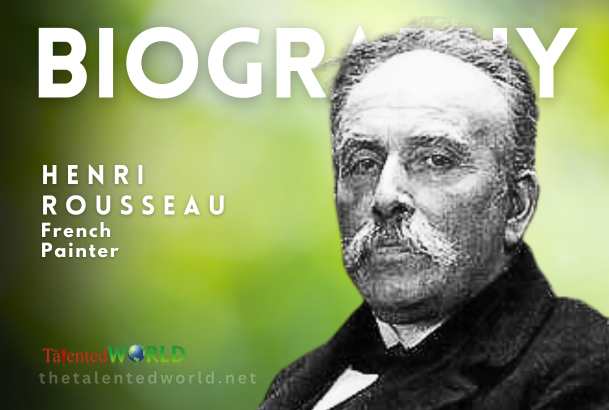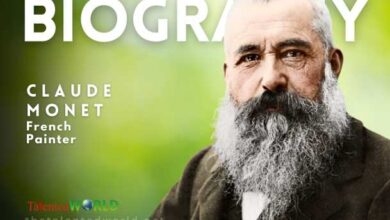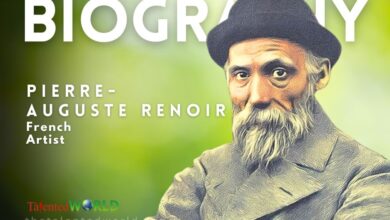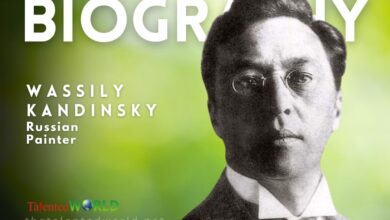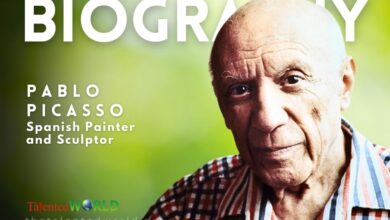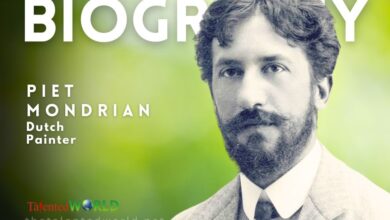| Full Name | Henri Julien Félix Rousseau |
| Date of Birth | May 21, 1844 |
| Place of Birth | Laval, France |
| Date of Death | September 2, 1910 |
| Place of Death | Paris, France |
| Nationality | French |
| Education | Self-taught |
| Known for | Painting |
| Notable Works | “The Sleeping Gypsy”, “Tiger in a Tropical Storm”, “The Hungry Lion Throws Itself on the Antelope”, “Boy on the Rocks” |
| Movement | Post-Impressionism, Naïve art, Primitivism |
| Nickname | Le Douanier (the customs officer) |
| Career Change | Started painting seriously in his early forties; he retired from his job at age 49 to work on his art full-time |
| Recognition | Ridiculed by critics during his lifetime, he was later recognized as a self-taught genius |
| Influence | Exerted extensive influence on several generations of avant-garde artists |
| Family | Married Clémence Boitard in 1868 (had six children, only one survived); married Josephine Noury in 1898 |
